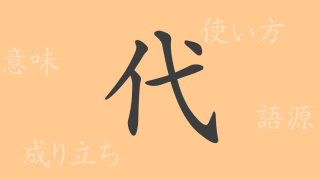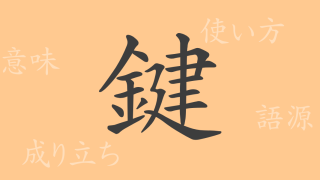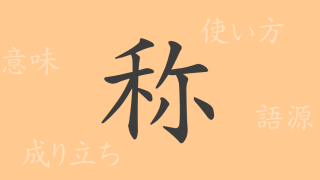Japanese is known for its rich tapestry of characters, each imbued with unique meaning and beauty. This article delves into the Kanji ‘跳(チョウ)’, symbolizing motion and vigor. A common character in everyday use, ‘跳’ encapsulates a spectrum of meanings from its historical roots to contemporary usage, including its pronunciation and cultural significance. Join us as we leap into the world of ‘跳’, exploring how this character influences language and expression.
Origins of ‘跳(チョウ)’
The Kanji ‘跳’ originated in ancient China. Initially representing a person jumping using both legs, this ideographic character has evolved through various forms over the millennia. It has been historically significant across cultures and languages, symbolizing movement and change.
Meaning and Usage of ‘跳(チョウ)’
‘跳’ fundamentally means ‘to jump’ or ‘to leap.’ It describes physical actions and metaphorically expresses progress or sudden advances as in ‘skipping a step’ or ‘leaping forward in progress.’ Additionally, compound words like ‘跳躍(ちょうやく)’ and ‘跳ね返る(はねかえる)’ utilize ‘跳’ to convey active and dynamic imagery.
Pronunciation, Stroke Count, and Radical of ‘跳(チョウ)’
The Kanji ‘跳’ showcases the linguistic richness of Japanese through its pronunciation and structure.
- Readings: On’yomi ‘チョウ’, Kun’yomi ‘とぶ’, ‘とび’, ‘はねる’.
- Stroke Count: 13 strokes.
- Radical: The radical for ‘跳’ is 足部(あし・あしへん), relating to the foot or lower leg.
Idioms, Phrases, and Proverbs Using ‘跳(チョウ)’
‘跳’ appears in numerous idioms and phrases, each with unique meanings and nuances. For instance, ‘跳ね返る’ is used not only to describe physical rebound but also metaphorically to indicate overcoming challenges. ‘一跳び(ひととび)’ suggests taking swift action, while ‘跳躍’ symbolizes making significant advancements. These expressions embody the spirit of advancing towards goals with vigor.
Conclusion on ‘跳(チョウ)’
The Kanji ‘跳’ represents energetic and forceful movement. In Japanese, it extends beyond the physical act of jumping to symbolize leaps in life and progress. Exploring this character allows us to appreciate the profound meanings and cultural depth embedded in language. Remember the rich history and significance of ‘跳’ when you encounter it in daily life, reflecting on the dynamic nature of human endeavors and linguistic expression.

























